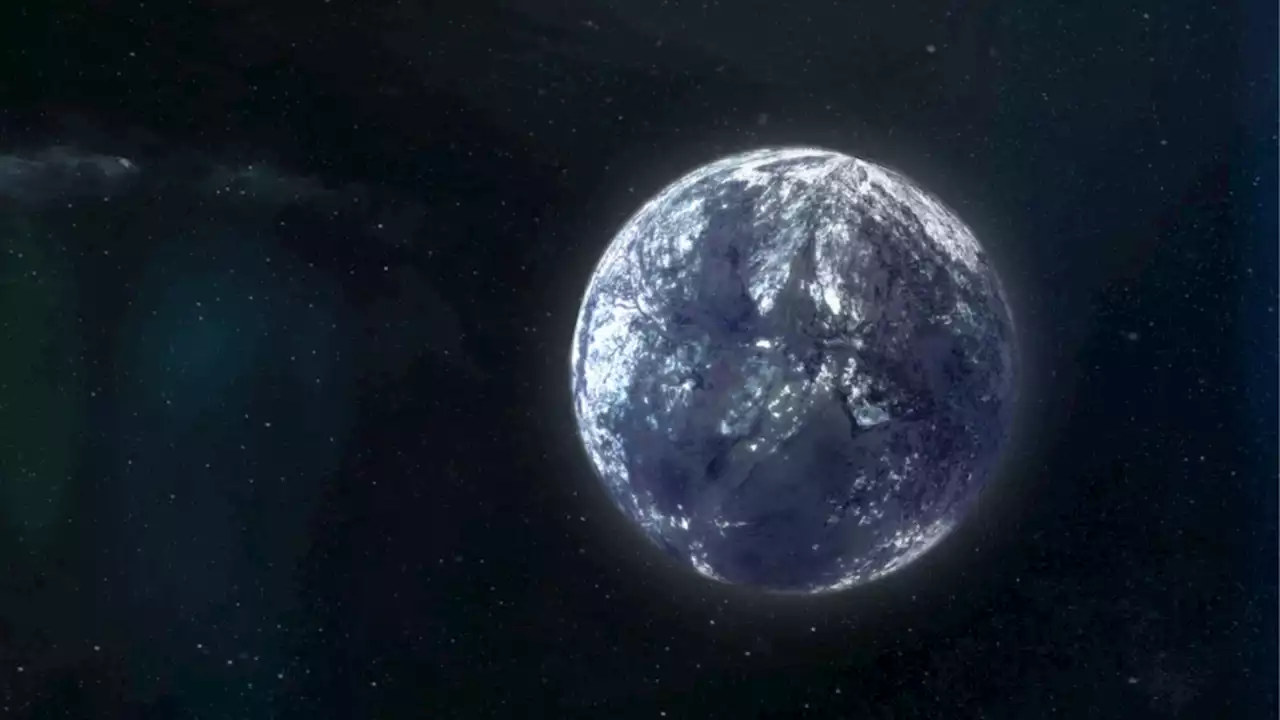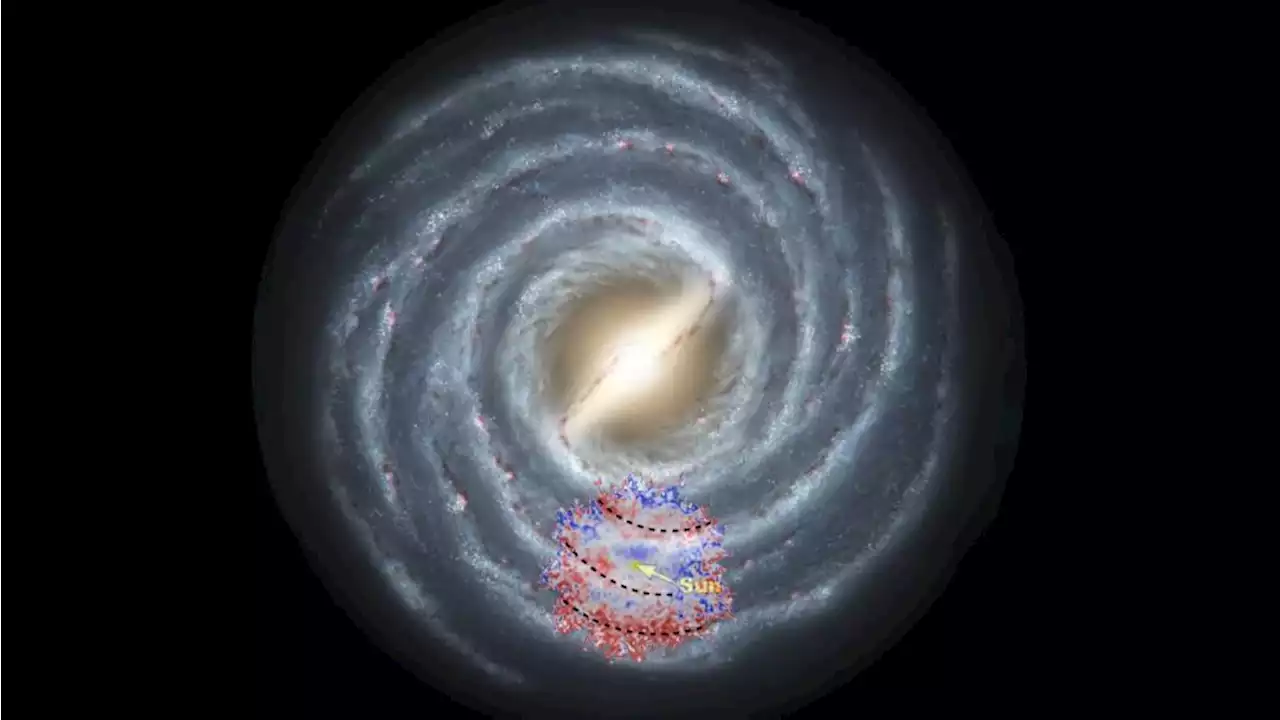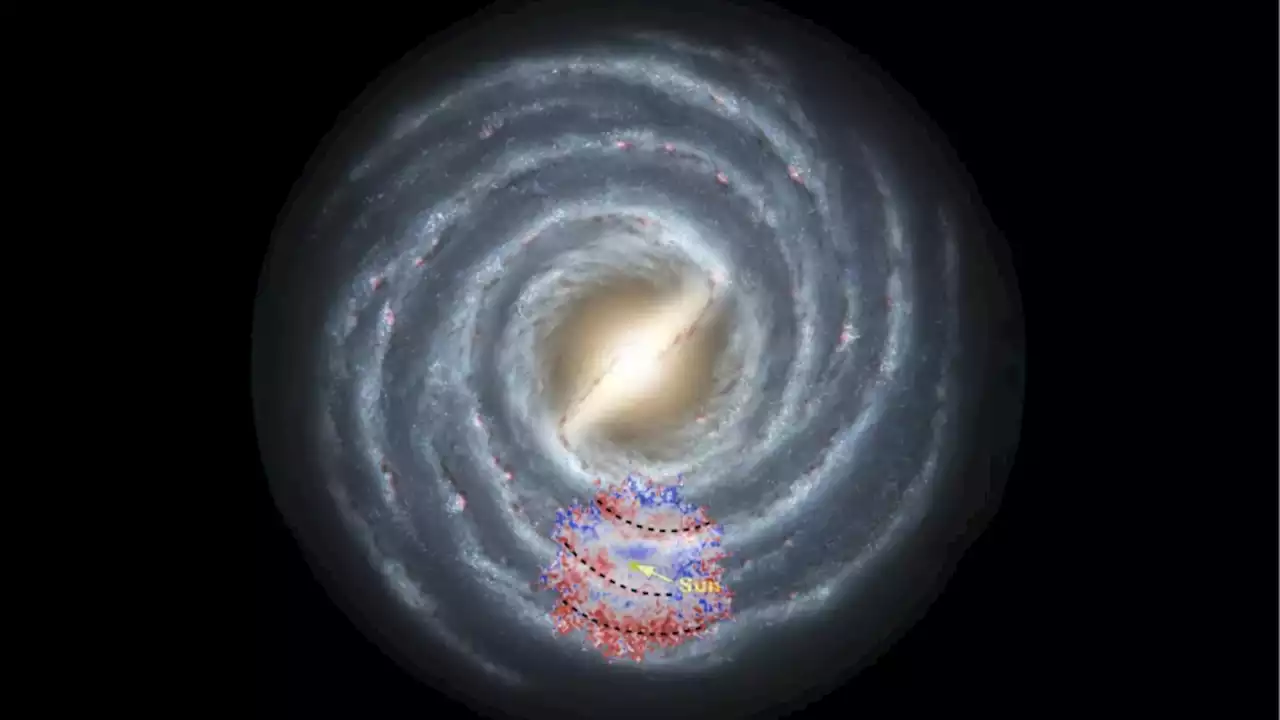Robert Lea is a science journalist in the U.K. whose articles have been published in Physics World, New Scientist, Astronomy Magazine, All About Space, Newsweek and ZME Science. He also writes about science communication for Elsevier and the European Journal of Physics. Rob holds a bachelor of science degree in physics and astronomy from the U.K.’s Open University. Follow him on Twitter @sciencef1rst.
One traditional way of mapping the Milky Way involves monitoring the concentrations of young stars that are created as the galaxy's very dense spiral arms rotate. As this rotation occurs, it compresses gas and dust to ultimately trigger star births. Though young stars can be detected by tracking the bright blue light they emit, observations of this kind can be obscured by thick clouds of dust which present a challenge to even the most advanced telescopes.
This stellar cycle of life and death has continued throughout the 13.8 billion-year history of the universe, with every subsequent generation of stars being more metal-rich than the last. Thus, young stars are expected to be"metal-rich" or hold a"high metalicity." Taking the resultant map, the researcher compared it to others of the same area of the Milky Way created by different techniques, finding that the positions of the spiral arms lined up. And, because he used metalicity to chart the spiral arms, hitherto unseen regions of the Milky Way's spiral arms showed up in Hawkins' map.
United States Latest News, United States Headlines
Similar News:You can also read news stories similar to this one that we have collected from other news sources.
 Stunning image reveals 1st detection of gas giants being born around a young star (photo)Robert Lea is a science journalist in the U.K. whose articles have been published in Physics World, New Scientist, Astronomy Magazine, All About Space, Newsweek and ZME Science. He also writes about science communication for Elsevier and the European Journal of Physics. Rob holds a bachelor of science degree in physics and astronomy from the U.K.’s Open University. Follow him on Twitter sciencef1rst.
Stunning image reveals 1st detection of gas giants being born around a young star (photo)Robert Lea is a science journalist in the U.K. whose articles have been published in Physics World, New Scientist, Astronomy Magazine, All About Space, Newsweek and ZME Science. He also writes about science communication for Elsevier and the European Journal of Physics. Rob holds a bachelor of science degree in physics and astronomy from the U.K.’s Open University. Follow him on Twitter sciencef1rst.
Read more »
 400 Earth-size rogue planets could be wandering the Milky WayNASA's forthcoming Nancy Grace Roman Telescope will hunt for 'cosmic orphans,' starless planets that might even outnumber their orbiting counterparts in our galaxy.
400 Earth-size rogue planets could be wandering the Milky WayNASA's forthcoming Nancy Grace Roman Telescope will hunt for 'cosmic orphans,' starless planets that might even outnumber their orbiting counterparts in our galaxy.
Read more »
 A New Technique Lets Us Learn What the Milky Way's Arms Are Made OfAstronomers have a new tool to map the Milky Way Galaxy's spiral arms -- it's called chemical cartography.
A New Technique Lets Us Learn What the Milky Way's Arms Are Made OfAstronomers have a new tool to map the Milky Way Galaxy's spiral arms -- it's called chemical cartography.
Read more »
 Suzuki Cappuccino | SpottedMilky coffees are rubbish. Have a Cappuccino instead.
Suzuki Cappuccino | SpottedMilky coffees are rubbish. Have a Cappuccino instead.
Read more »
 J. Ernest Wilkins Jr. was a Manhattan Project standout despite racism | Science NewsJ. Ernest Wilkins Jr. had a small role in Oppenheimer. But he was a standout in the Manhattan Project, achieving greatness in an era of rampant discrimination.
J. Ernest Wilkins Jr. was a Manhattan Project standout despite racism | Science NewsJ. Ernest Wilkins Jr. had a small role in Oppenheimer. But he was a standout in the Manhattan Project, achieving greatness in an era of rampant discrimination.
Read more »
